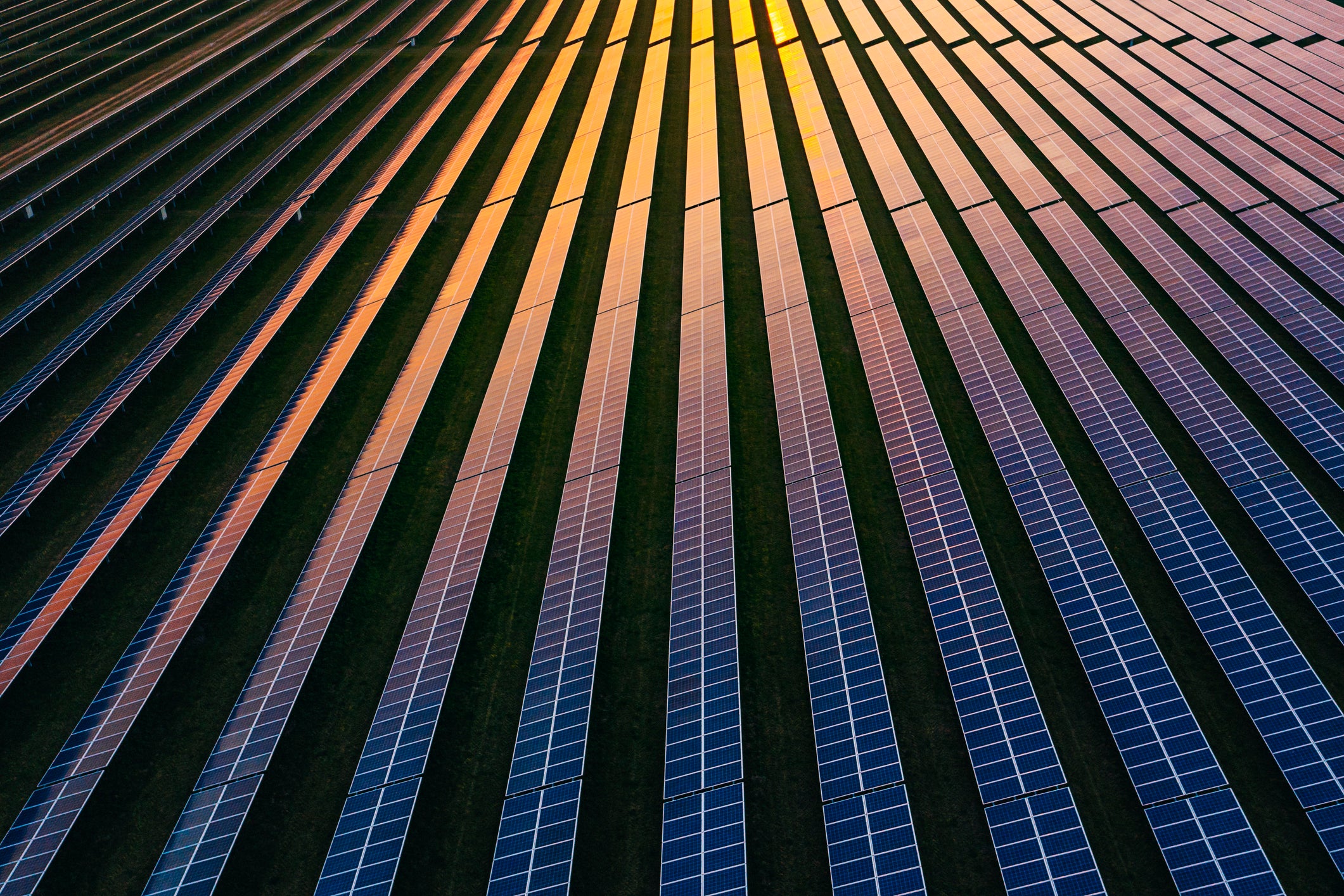
Moving towards a clean power supply in Europe with more than 90% of electricity from low-emission sources can be done at comparable costs to current policy, a new study from climate think tank Ember has found. Analysts modelled the European electricity system to discover the most cost-effective pathway to achieve climate goals.
The study was published at the end of June, ahead of a G7 summit. The G7 leaders were expected to discuss their goal to achieve “predominantly decarbonised electricity sectors” by 2035, a target they committed to in May 2022 when energy, climate, and environment ministers gathered in Berlin. The goal is in line with an IEA report that advised advanced economies to decarbonise their power systems by that time to reach net zero by 2050.
Ember modelled three different pathways for the European power sector. The first one, the Stated Policy pathway, aligns with stated national policies until 2035. The other two, the Technology Driven and System Change pathways, are designed to minimise costs while remaining in line with the Paris Agreement climate targets. The technology pathway is primarily focused on economic optimisation while the system pathway is the most ambitious in terms of climate targets.
Surprising result
To the surprise of the researchers, the pathways not only confirmed it is possible for Europe to achieve a clean power system by 2035 but also showed this can be done at no extra cost.
“The reason for that is that the costs for renewables have dramatically reduced in the last 10 years,” says Chris Rosslowe, the lead author of the study. “The study presents a triple-win situation; it puts Europe on track to net zero, it can keep the costs the same, and reduce the reliance on fossil fuels.”
While the clean pathways require bigger investments upfront, this is offset in the long term by avoided costs from fossil fuels, according to the study. Investment requirements for Stated Policy are €1,330bn, €1,630bn for Technology Driven, and €2,080bn for System Change. All pathways have similar power system costs until 2035, but the clean power pathways require €530bn to €1,010bn less for total system costs.
Within the power generation mix of the clean pathways, solar and wind dominate the supply. In the Technology Driven pathway, solar and wind account for 68% of generation, and in the System Change pathway for 78%. To achieve these numbers, the annual growth of wind and solar must be four times bigger compared with the last ten years, reaching as much as 1,400GW of solar power and 800GW of wind power. While only the System Change pathway was meant to accommodate a coal phase-out, both also see large reductions in fossil fuels.
“For both climate and cost reasons, we are seeing a coal phase-out come through very clearly,” explains Rosslowe. “The pathways also show that there is no room for more than 5% gas in the generation mix in 2035.”
Computing extreme weather events
To account for weather fluctuations, the modelling was based on three years of historic weather data. The researchers included 2010 in those years due to it being a year of temperature extremes in Europe, explains Rosslowe. The year saw both an exceptionally cold winter as well as heatwaves in summer. To manage extreme weather and 'Dunkelflaute' – periods without solar or wind generation – investments in electricity interconnections, hydrogen electrolysers, and clean dispatchable sources are required.
“A key part of the solution is to expand interconnection so it is possible to more effectively share power across Europe, parallel to the expansion of wind and solar,” says Rosslowe. “That way, when one part of Europe is experiencing Dunkelflaute, other parts of Europe can help out.”
Most of the analysis was done before the war in Ukraine. The Stated Policy pathway is based on policies in place at the end of October 2021, so any changes implemented after Russia invaded Ukraine were not included. However, several sensitivity scenarios were carried out, including one with higher fossil fuel costs, as we are seeing now. While the change in prices does shift some of the modelling in the short term, there are no big consequences seen in the longer term, says Rosslowe.
“In a scenario with higher fossil fuel prices, the main impact was on the balance between coal and gas over the next few years," he explains. "With a higher gas price, there is a slight increase in coal. Much like we are seeing now. If anything, the cost differences will be bigger. We assumed, it has turned out, a relatively low gas price. Because the Stated Policy pathway is more reliant on gas compared to the clean power pathways, we have probably underestimated the cost of the former.”
A real concerted effort
With the study being released the week before the G7 summit, it includes some key takeaways for policymakers. European countries should urgently facilitate scaling up wind and solar generation, ensure security of supply and increase domestic manufacturing, according to Ember.
“Policymakers need to recognise that clean power by 2035 is a critical milestone on the way to net zero,” says Rosslowe. “That is because wind and solar are cheap, abundant, and in a scenario that we now have in Europe, where energy sovereignty is highly valued, they provide a home-grown source of energy.”
To follow Ember’s pathways, permitting processes for renewables will need to be streamlined.
“Industry expectations for solar say that the levels we are talking about in our report as possible," says Rosslowe. "They are aligned with the top end of what industry pathway suggest is doable. For wind, however, it will be a struggle to hit the existing targets, and the existing targets wouldn’t give a clean power system by 2035. There needs to be a real concerted effort on facilitating the expansion of wind and solar in a responsible way because that is the key to a clean power system in Europe.”


